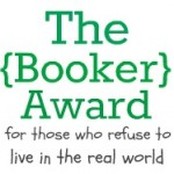Let me explain.
First let me clarify that by “print books” I don’t mean those printed by POD (print on demand) services. I am writing about traditionally published print books. There is an aspect of the publishing of these books that is often not understood by people and this is what I call here the “time factor.” When you publish a print book, in the moment the book hits the stores a clock starts ticking. If your book does not achieve significant sales in a few weeks then it gets removed from the shelves along with your dreams and gets sent back to the publisher for a refund. Why is this?
In the brick and mortar store, your print book is a physical object that occupies space and competes for said space with other books. The book stores obviously want to make money and what they do is that they give preference to the books that are selling better. So your book has a very narrow window of time to be a success. This is why print books are unnatural. These books cannot develop their natural sales pattern because there is a selection process in favor of the books that sell well from the beginning.
This hurdle is overcome by e-books for the simple reason that they are virtual and therefore don’t occupy any space, which means they won’t be “removed” if they don’t sell that well compared to other books. And this is the way book selling should be because each book is different, and it is also the reason why e-books have a greater chance of success than print books.
Thus we come to the paradoxical conclusion that an e-book, something that does not exist in the real physical world, is actually more natural than a print book!
***
If you like this blog you can have links to each week's posts delivered to your e-mail address. Please click here.


 RSS Feed
RSS Feed



